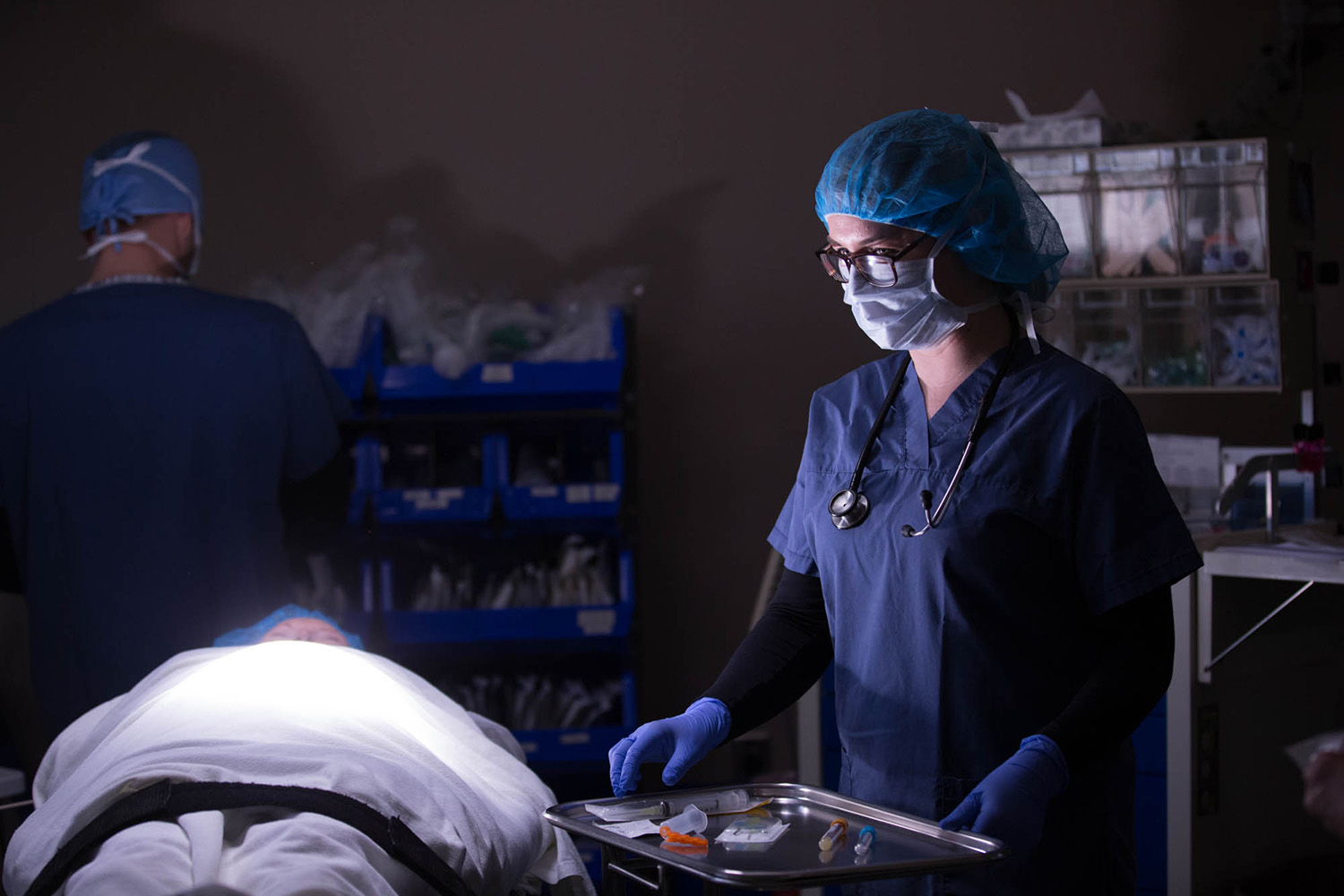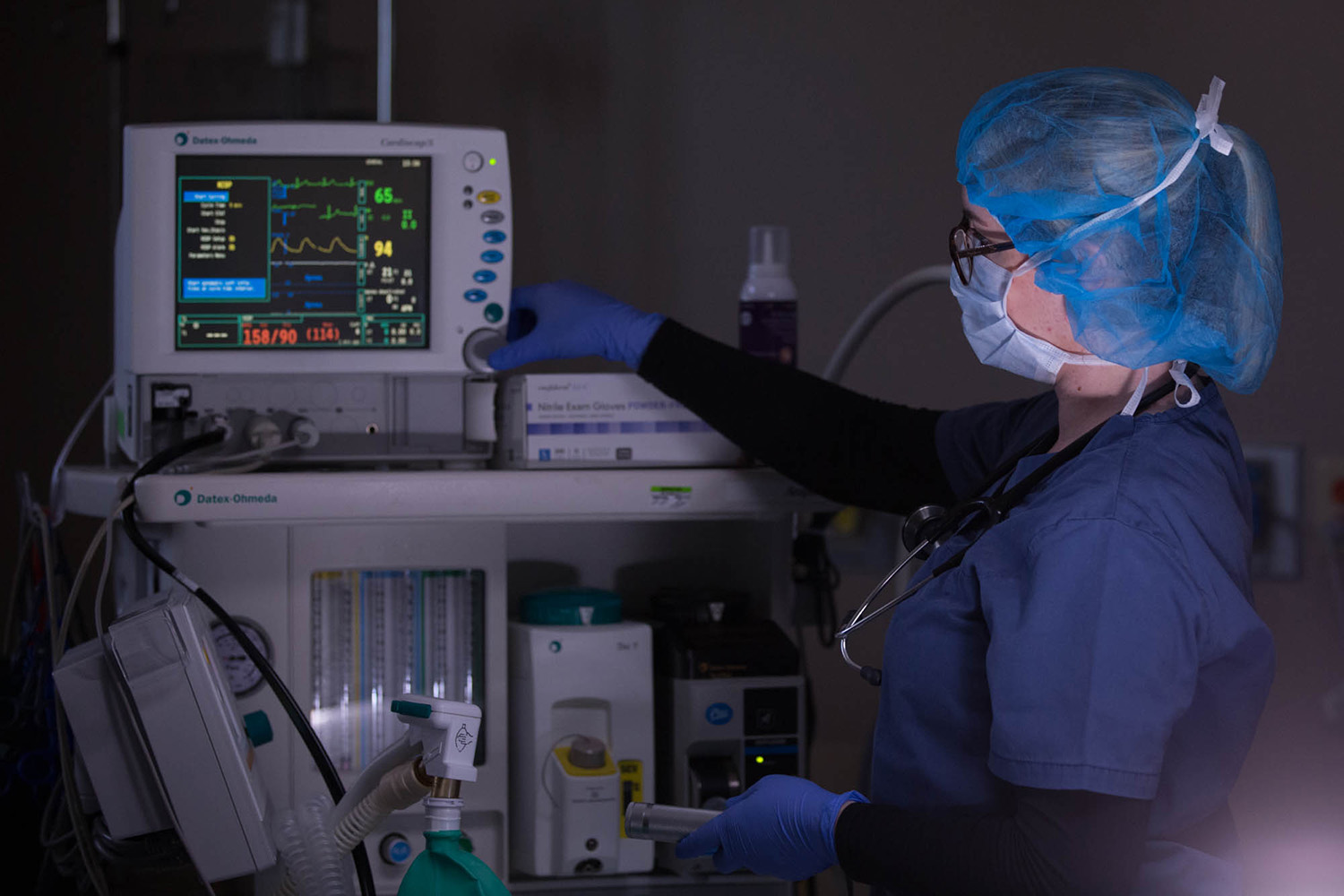Anesthesia Technology
Anesthesia technicians provide a critical service to patients and surgeons.
topics Health Sciences
Skills & InterestHelping People
CareersService Professions
Why choose Anesthesia Technology?
You will be involved in an exciting new career working beside and with the anesthesiologist in the operating room.
What will you learn?
- Assume the role of a competent, caring anesthesia technologist in a variety of healthcare settings under the direct supervision of the licensed healthcare provider.
- Demonstrate the principles of basic and advanced airway management in all phases of the perioperative episodes of care
- Demonstrate critical thinking skills; prioritizing, analyzing, anticipating, resolving problems, and acting instinctively and decisively in the anesthesia health care environment
- Demonstrate accountability of practice with adherence to ethical and legal standards of the anesthesia technologist profession
- Communicate effectively in the perioperative health care environment with all members of the healthcare team
- Demonstrate rationale and competency with regard to anesthesia related equipment
- Demonstrate the ability to maintain and service anesthesia equipment including cleaning, sterilizing, assembling, calibrating, testing, troubleshooting, and recording of inspections and maintenance.
What will you do?
You will work with the anesthesiologist to ensure adequate stock in the operating room. The bulk of anesthesia technician time is spent preparing equipment and supplies for surgery. In this capacity, you would perform much of your work in a sterile environment. This commitment to sterility is important and the slightest compromise is unacceptable.
They ensure airway management equipment such as emergency intubation kits, light wands, fiberoptic bronchoscopes, laryngeal masks and cuffed oropharyngeal airway gear is on hand in every surgery suite.
Other pre-surgery tasks include –
- Preparing patients
- Ensuring properly functioning suctioning equipment is on hand
- Setting up endotracheal tubes (ET)
- Arranging transtracheal jet ventilation devices
- Stocking self-inflating resuscitation bags, breathing circuits and masks
- Ensuring the adequate stock of laryngoscope blades
- Double-checking instrument calibrations
- Ensuring gas cylinders are full, functional and on hand


